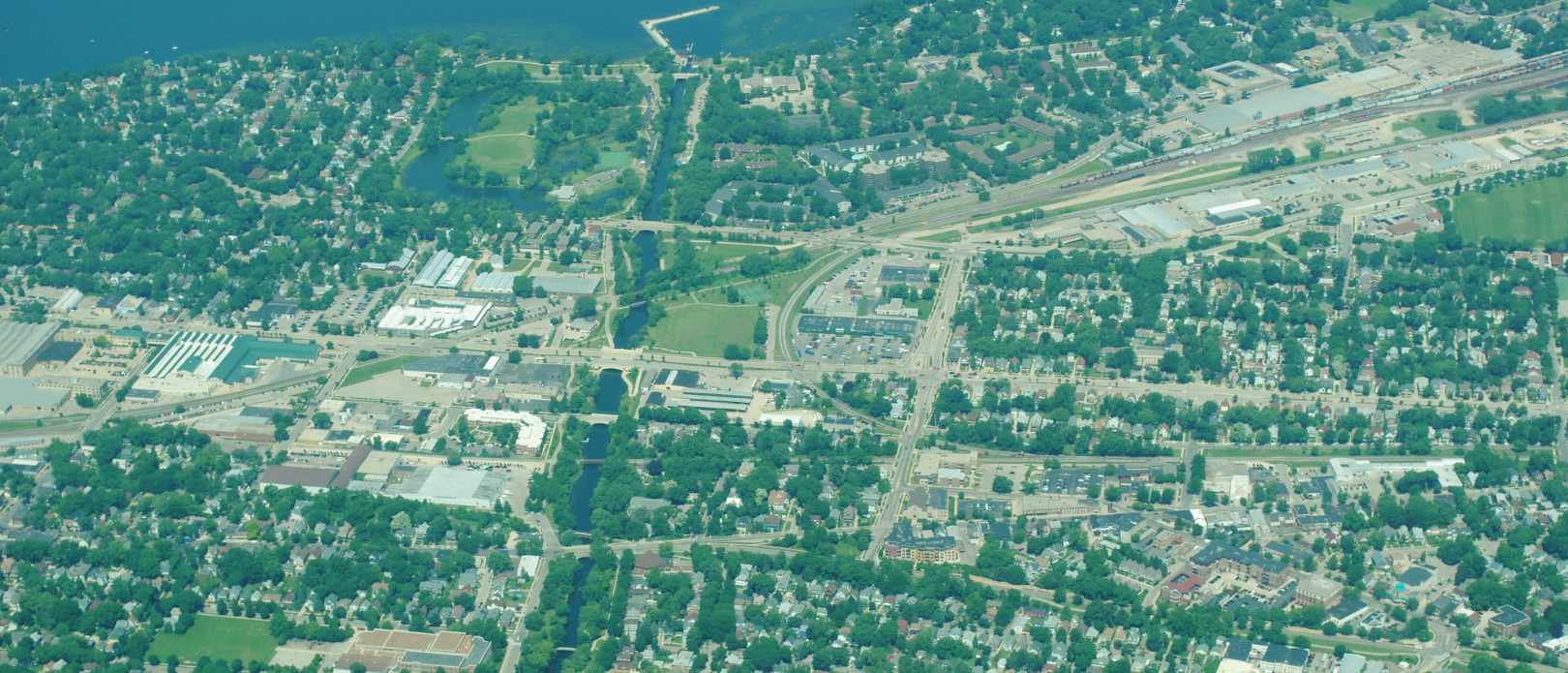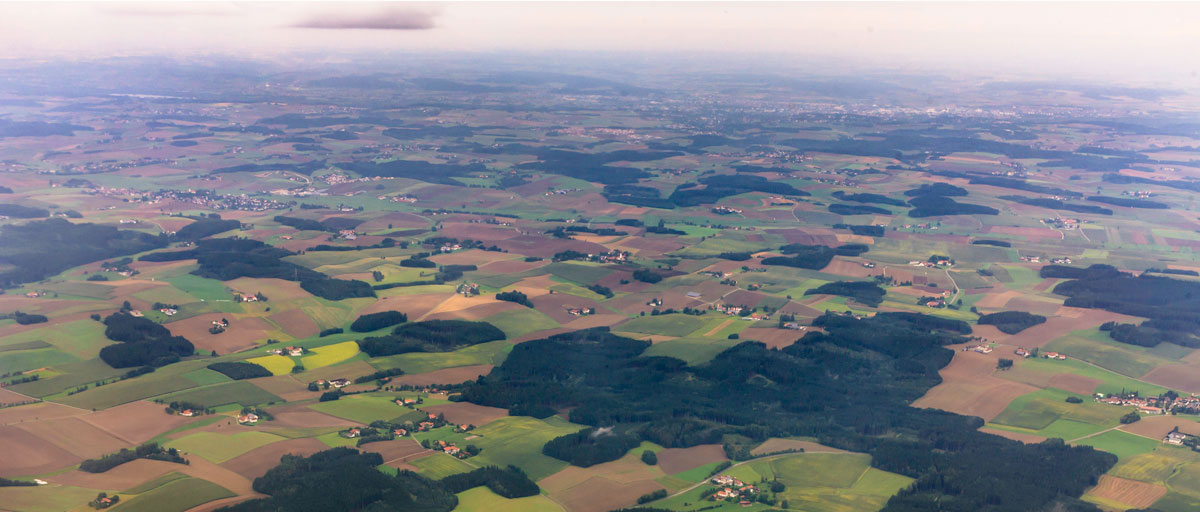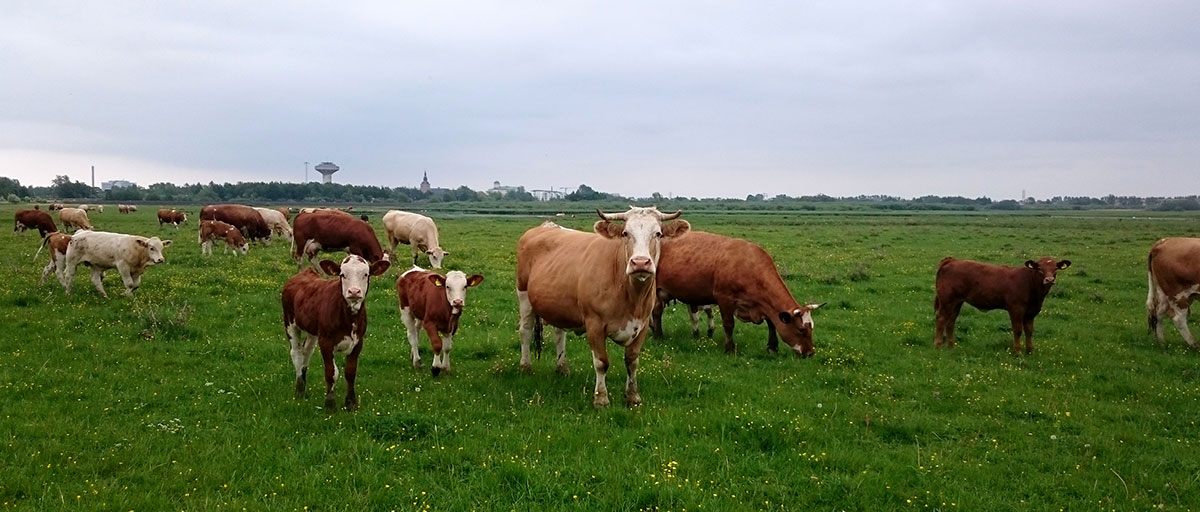ecosystem services
Why land-use intensity can cause trade-offs among ecosystem services
Comparing across cases can improve ability to predict how land use alters ecosystem service relationships
- One of the greatest challenges facing humanity is how to balance production against the many other benefits people can receive from nature
- A new study published in Ecosystems and People aims to provide a more nuanced understanding on how land use alters ecosystem service relationships
- The researchers show that land-use intensity generally enhances the trade-offs among ecosystem services
EHANCING TRADE-OFFS: People have managed landscapes in a way that boosts the production of food, fiber and timber products but significantly compromising other benefits that people receive from nature.
For example, food is essential to human life, but the damage caused by intensive agriculture can outweigh its benefits. Increased crop production has resulted in poorer water quality, and bigger areas adapted for livestock production have affected nature’s ability to capture carbon and maintain biodiversity.
One of the greatest challenges facing humanity is how to balance production against the many other benefits people can receive from nature.
However, research on this subject has often produced contradictory results.
A new study published in Ecosystems and People aims to provide a more nuanced understanding on how land use alters ecosystem service relationships.
Lessening trade-offs
The study is led by Jiangxiao Qiu from University of Florida together with centre researchers Cibele Queiroz, Megan Meacham, Albert Norström and Garry Peterson.
Researchers from McGill University, Helmholtz Centre for Environmental Research, Université Grenoble Alpes and the EU Commission Joint Research Centre are also authors of the study.
This study is a result of a series of workshops hosted by the Programme on Ecosystem Change and Society.
It is intriguing, from both scientific and practical standpoints, to identify where and how trade-offs among ecosystem services could be lessened.
Cibele Queiroz, co-author
In the study, the researchers analysed datasets from four well-studied regions: the Norrström basin in Sweden; the Yahara river in Wisconsin, USA; Montérégie region in Quebec, Canada; and the French Alps.
Context-based dependencies
The researchers show that land-use intensity generally enhances the trade-offs among ecosystem services.
This means that with high-intensity land uses, such as intensive food production, there is a higher chance of trade-offs with regulating services. Importantly, the study shows that under low-intensity land use, a landscape can sustain large areas of agriculture without necessary compromising other benefits from nature.
For instance, in regions with intensive, large-scale cropping systems (e.g., Midwestern U.S., North China Plain), reducing agricultural lands or decreasing land-use intensification could help balance food production and other crucial regulating services.
In contrast, in areas dominated by smallholder farming systems sustainable intensification may improve food security and bridge the gap between production goals, rural livelihoods and long-term environmental benefits.
Although the comparison is based on a small number of case studies, the approach could be applied across a wider set of cases to examine whether the same types of tradeoff relations persists. The importance of comparative place-based research, as coordinated by PECS, is crucial in this context.
Methodology
The researchers compiled data from the four regions/case studies on the distribution of biophysical indicators for five ecosystem services: crop and animal production, water quality, climate regulation and outdoor recreation. These were standardized so higher values corresponded to greater service supply.
The relationships between pairs of services were assessed for each study case through correlation analysis, to explore the existence of potential trade-offs/synergies between services.
Then, focusing on pairs of services where trade-offs were most dominant (provisioning vs regulating services), they used linear regressions to explore how these relationships were affected by both land use intensity (given by mean nitrogen fertilizer application) and the amount of modified land (given by percentage of agricultural land).
Link to publication
Qiu, J., Queiroz, C., Bennett, E.M., Cord, A.F., Crouzat, E. et.al. 2021. Land-use intensity mediates ecosystem service tradeoffs across regional social-ecological systems. Ecosystems and People Volume 17, 2021 - Issue 1, https://doi.org/10.1080/26395916.2021.1925743









